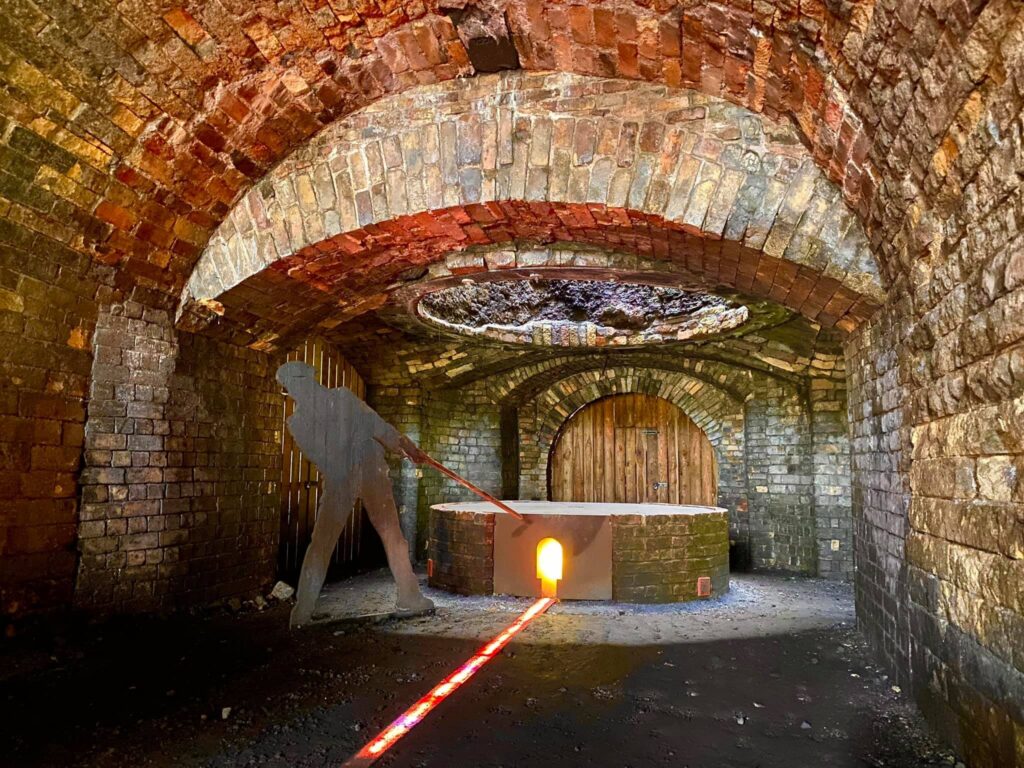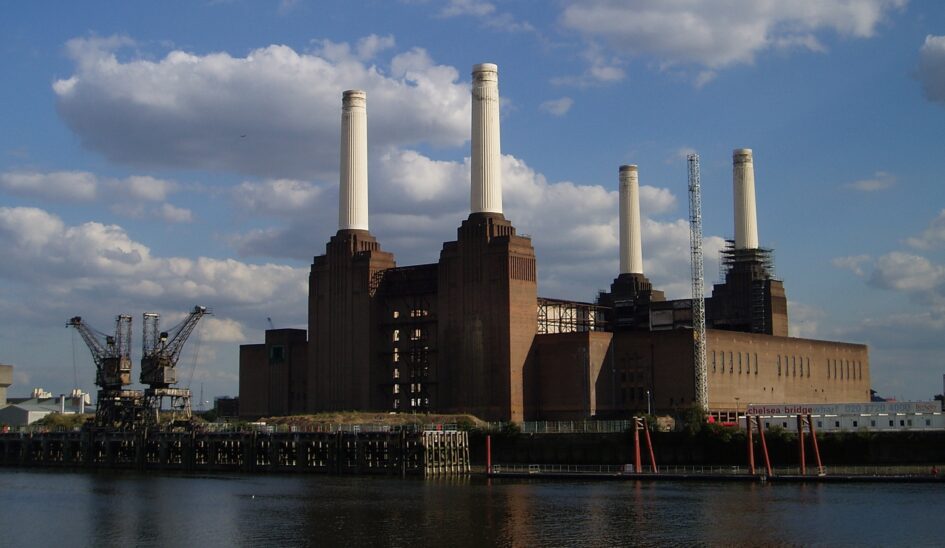Definition of Industrial Heritage
Industrial heritage refers to the human remains of industrial culture with significant historical, technological, social, architectural, or scientific value. The preservation and re-use of such heritage could increase people’s awareness and understanding of their cultural heritage, thus deepening their sense of identity and belonging to the local culture. Of these, the creative reconstruction could be a feasible approach to integrate the resources of the heritage, especially when it is reused as a cultural resource and gives value to history.
Case of Blaenavon Ironworks
Industrial heritage sites and building spaces themselves cover large areas and are ideal for landscaped recreation. Globally, there are many examples of success. The Blaenavon Ironworks is an important witness to the glorious history of the Industrial Revolution, reflecting not only the rapid development of industrial technology in the 18th and 19th centuries but also the innovative reuse of the industrial heritage of our time. Built in 1789, the Ironworks brought unprecedented efficiency to the smelting of iron and steel through the use of steam-driven blast furnaces. In particular, the dephosphorisation of steel developed by Sidney Gilchrist Thomas at the end of the 19th century gave Blaenavon a key position in the global steel industry. As the industry declined, this former production centre was gradually transformed into a showcase for culture and history. Since its inscription as a World Heritage Site in 2000, the site has been reborn through creative reconstruction. Today, the original blast furnace area has been preserved and re-exhibited, using sound and light technology to simulate the ironmaking process, not only recreating the fervour of the past, but also enabling visitors to understand the principles of the process in an immersive experience
.
The interior of Blaenavon Ironworks
Industrial heritage contains a wealth of scientific and technological knowledge, and at the same time reflects the multiple facets of social, political, economic and cultural development, carrying vivid historical memory and profound humanistic values, and is an important window for the public to gain an in-depth understanding of regional culture and history. By combining historical authenticity with contemporary expression, it not only achieves the preservation of the past, but also promotes the revitalisation and transmission of culture through public participation, interpretation and dissemination. In addition, the creative redevelopment has energised the sustainable development of the local community. On the one hand, abandoned industrial sites are transformed into creative parks, providing leisure and cultural spaces for residents, while driving tourism and local economic growth; on the other hand, these spaces also provide platforms for creative studios to showcase their skills and achievements, promoting the integration and innovation of cultural industries and local resources.
Reflection
The success of Blaenavon Ironworks has made me realise that the creative reuse of industrial heritage is not only about reconstructing space, but also about reactivating historical memory and cultural values. Drawing on this example, I realised that for a start-up creative organisation to take root in a region, it should go beyond the level of ‘space availability’, and explore the rich industrial history of the location, and organically incorporate these elements into the expression of creative technology. Successful reuse of space does not lie in the complete erasure of historical traces, but in creative interpretation based on respect and recognition. Reasonable exhibitions, installations and community co-operation projects allow new cultural activities and old industrial genes to stimulate each other, thus constructing a cultural identity with depth and emotional connection.
In conclusion, the creative re-creation of industrial heritage is not only the protection and re-interpretation of history, but also a powerful practice of cultural heritage and local revitalisation. It gives new social significance to the past industrial civilisation and builds a vital bridge between the past and the future.



Leave a Reply